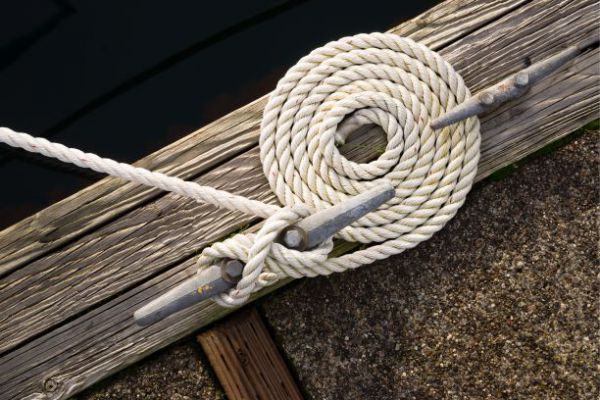Even if you don't work on deck, it's useful for all crew members to know the basics of tying common knots. At some point in your yachting career, you'll be asked to help out on deck during docking and you'll want to brush up on some knot knowledge. Not only is it a wonderful addition to any CV, it's a practical skill you will use quite often working on a yacht. Here are the top 5 knots you should know how to tie:
1. Bowline
The bowline is, perhaps, the most common of all. It is a non-slip knot; you can even use two of them to connect two lines. It's often used during docking, especially if you need to tie aline to a piling.
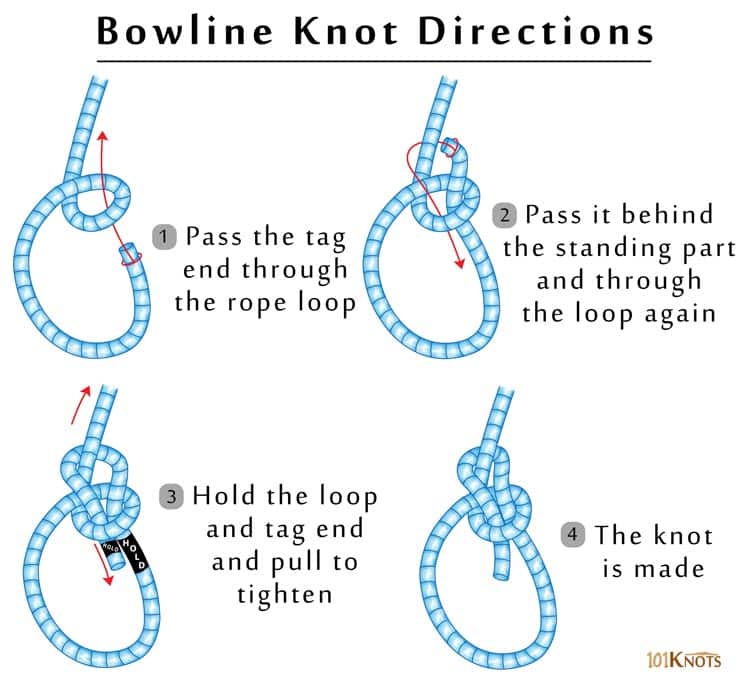
2. The Cleat Htich
This knot is used for docking the vessel when in the marina. As you become more advanced, there are different knots that can be used for this. However, this is perhaps the most common.
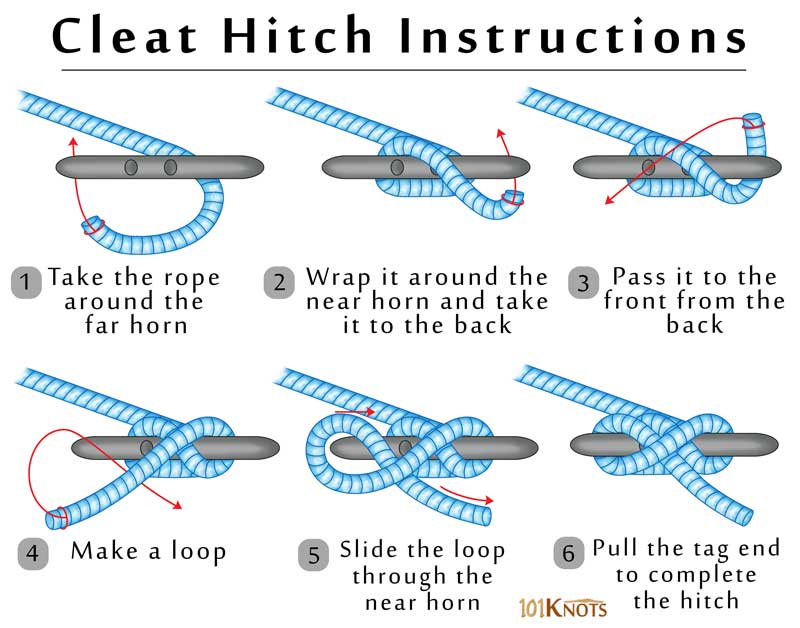
3. Figure Eight
This knot is used as a stop at the end of a line to prevent slipping and losing a line. Although there are various kinds of stopper knots, this is the most common. Common uses on the yacht is when you're attaching fenders via a fender hook, and it's recommended to use the figure 8 stopper knot on the loose end to prevent accidentally losing the fender.
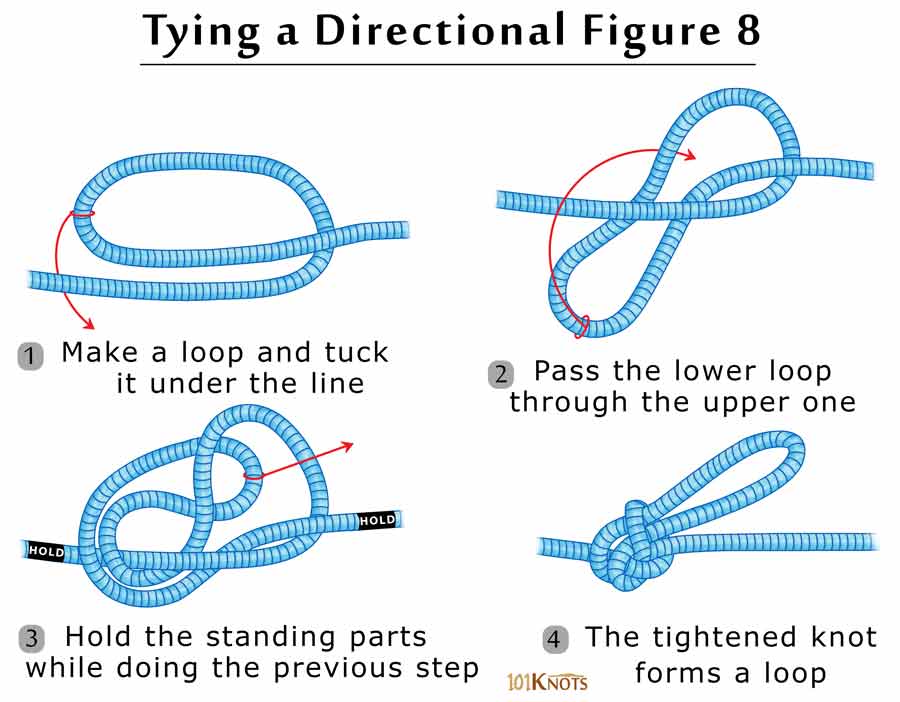
4. The Sheet Band
This is a square knot used to join two different lines together. It can also be used to lengthen most lines. Not only is it secure, but it'sone of the easier ones to untie.
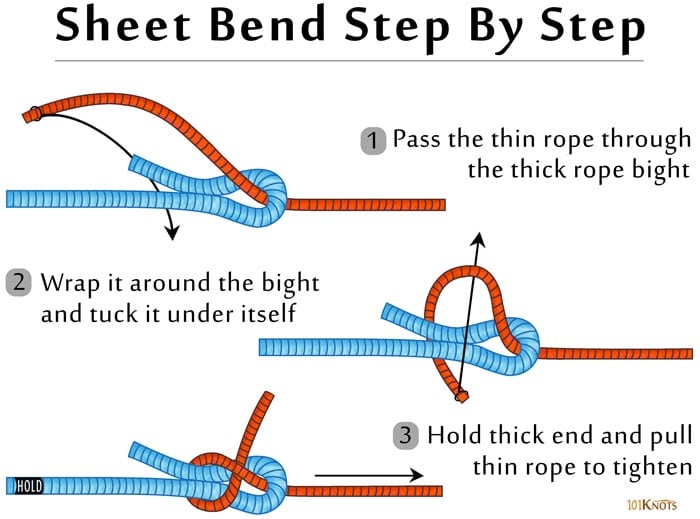
5. The Clove Hitch
This knot is commonly used to tie fenders to a railing, and can be adjusted quickly and moved during docking. Although the knot is strong enough to secure a fender, be warned that under extremely heavy loads it can come loose, so use caution.
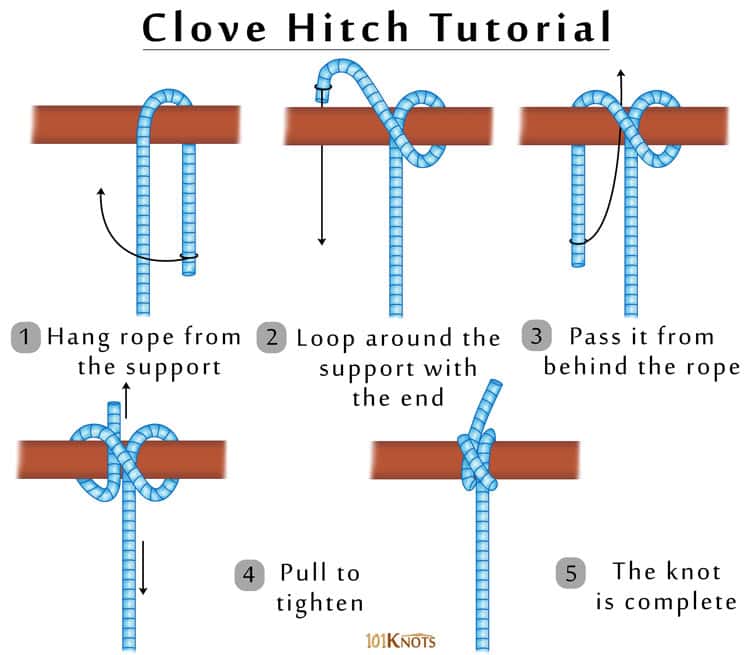
What knots do you use the most onboard?
Ready to continue the job search? Create a free CREW accountto get hired now.
Are you looking for crew or day workers? Create an EMPLOYER account and find someone in minutes!



 Employer Registration
Employer Registration
 Crew Registration
Crew Registration